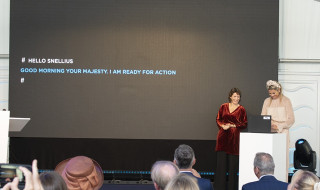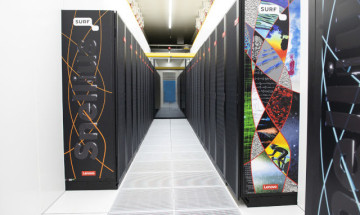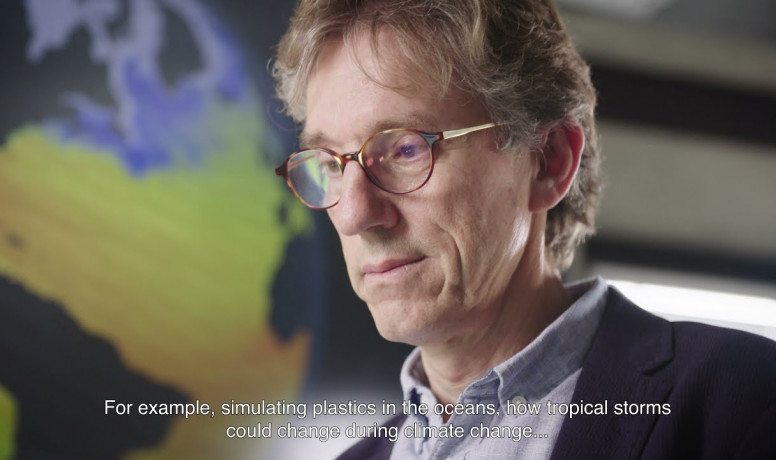Snellius - the new supercomputer - goes live in 2021
Within high performance computing there are regional, national and European systems. In 2021, we put the new national supercomputer Snellius into operation. This allows scientific research in the Netherlands to keep up with international competition.
Video: The making of...
From 1.8 to 13.4 petaflops, Snellius can perform 14 billion calculations per second. With this supercomputer, we can tackle even more scientific challenges, such as calculating or simulating situations for future scenarios with much more detail. Answers to questions that could not be answered before can now be found. For example, about drift of plastic in the oceans and development of tropical storms under climate change. And what about the sustainability of Snellius itself? See in the video what makes a lot of computing power.

Four questions about the new supercomputer Snellius
Queen Máxima opened the national supercomputer Snellius in 2021. Why is a national supercomputer necessary? How long will Snellius last? How will Snellius contribute to better climate research? How does Snellius fit in the 'ecosystem' of supercomputers? Marcel Levi (NWO) and climate scientist Henk Dijkstra (UU) will answer these questions.

Podcast: Journey through the time of supercomputing
The first supercomputer in the Netherlands went live in 1984, with Snellius we have reached the seventh generation. In this SURF Sound podcast we take you on a journey through that development. You'll also hear more about what's involved in installing a new supercomputer. But also about what is needed in advance, because how does one actually develop a system that makes Dutch researchers happy?
Listen (in Dutch)

Named after Snellius
Snellius is named after the Dutch mathematician and physicist, humanist, linguist and economist Willebrord Snel van Royen (1580-1626).
Snellius was professor of mathematics at Leiden University and is best known for the Snellius law of optics, named after him, from the optica, which indicates how light rays are broken at the transition from one medium to another.
Step towards something bigger
"In choosing this supercomputer, we looked at what works best for research in the Netherlands, not necessarily the fastest, and the type of research people want to do here. Snellius is also a stepping stone to something bigger," says SURF CEO Jet de Ranitz. Those who can work with Snellius can gain access to even faster supercomputers. SURF is collaborating at an international level to achieve this.

